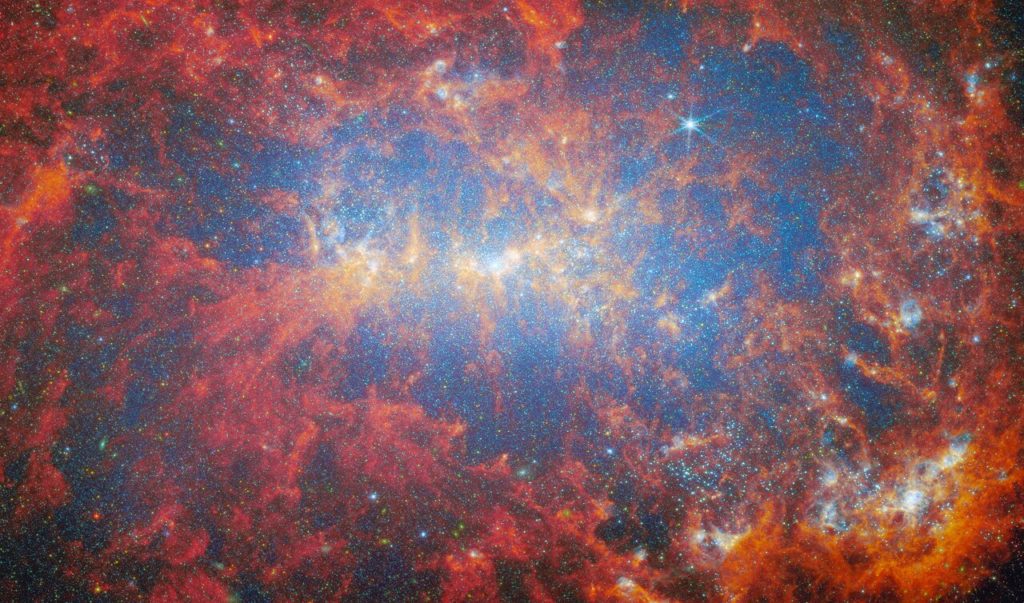
NASA Scientists, Engineers Receive Presidential Early Career Awards
Jan 17, 2025
President Biden has named 19 researchers who contribute to NASA’s mission as recipients of the Presidential Early Career Award for Scientists and Engineers (PECASE). These recipients are among nearly 400 federally funded researchers receiving the honor. Established in 1996 by the National Science and Technology Council, the PECASE Award is the highest honor given by
Full report from NASA: Read More




